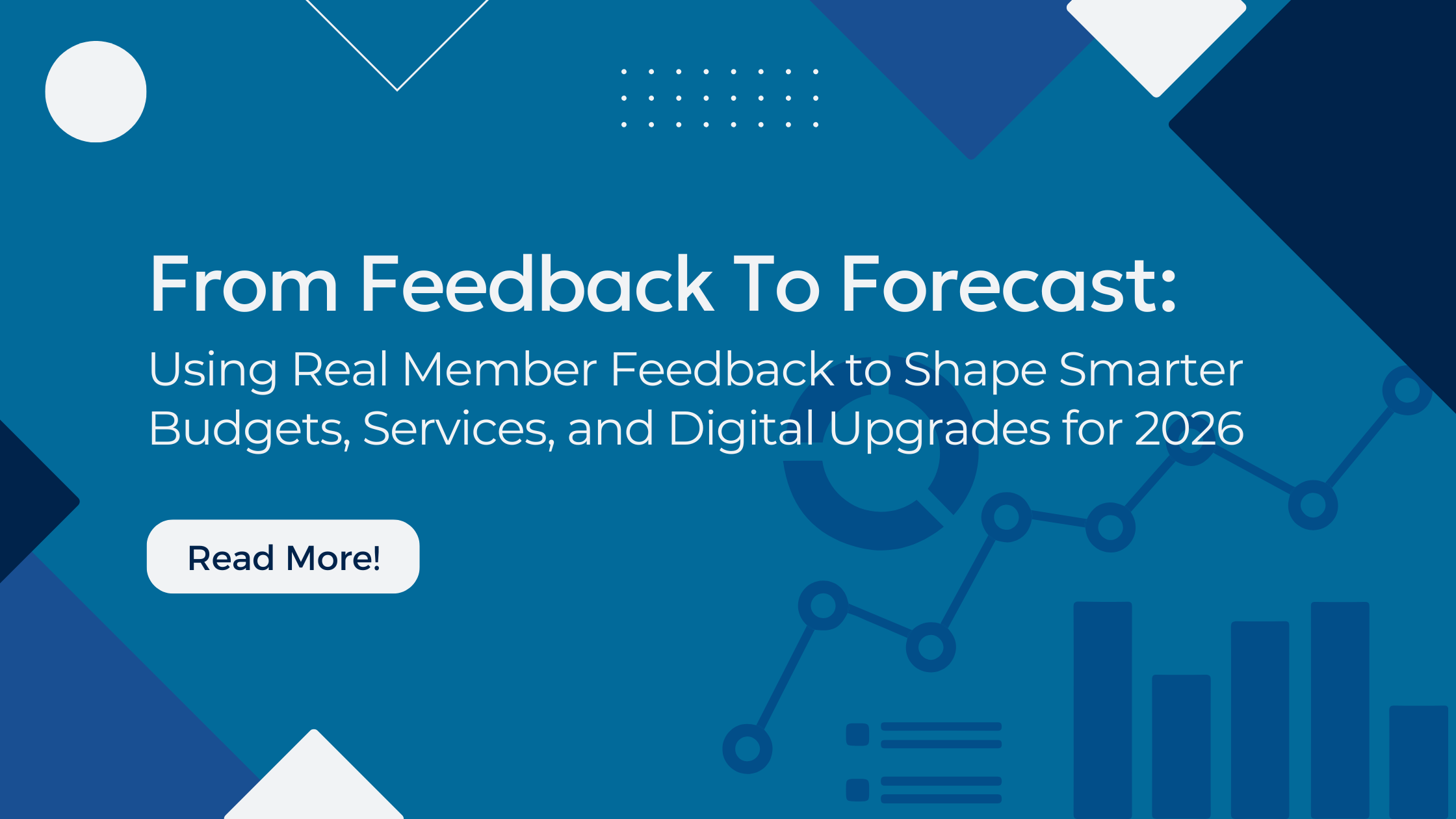One of the worst things a credit union can do with survey results is ignore them. The best thing a credit union can do with survey results is act on them. Simple enough, right? So, as far as relationship surveys are concerned, here’s how to use your NPS scores in board strategy.
If you work at a credit union and you’re wondering how you can use your NPS score to your advantage, this blog is a good starting place. And oh yeah, we almost forgot: we’ll talk about how not to use your scores in board strategy as well.
Quick Primer: Credit Union NPS Scores
An NPS score is like an ATM machine—there’s a little redundancy going on with that last letter there. Your Net Promoter Score, or NPS, tells you how much your members like you.
The NPS score comes from a—or the—relationship question: how likely are you to recommend our products or services to a friend or colleague? After a little number crunching, you get your fancy NPS score.
NPS scores range from -100 to 100, and most credit unions see scores around 50, give or take 20 or so. But what can you do with that information?
What Not to Do
As mentioned right off the bat, the worst thing that any credit union can do with their NPS score is to ignore it. It’s not just a barometer for member sentiment or your relationship with your member base. It’s also a serious indicator of success.
There are two common ways to ignore your credit union’s NPS score:
1. Shrug it off
It doesn’t matter if you score well or poorly—either camp, as well as anyone in the middle, might decide that their score is immutable.
If your credit union’s NPS score is 30, then you should be asking yourself why. If you’re not, then that kind of attitude might be precisely why you’re on that lower end of the spectrum.
If your credit union’s NPS score is 70, then you should be asking yourself why. There’s a chance that you can understand and apply the strategies from your best services and to your less-popular ones. If you don’t ask yourself why, then you risk losing touch with your member base and falling back down the ranks. Learning from your successes can be as important as learning from your failures.
2. High fives and champagne
While that sounds like quite the celebration—and one no doubt reserved for a great result—it doesn’t help your credit union in any way.
A few credit unions, after they’ve done a little peer benchmarking, decide that the best use of that information is to congratulate themselves. However, surveys are not contests; surveys are tools that allow credit unions to better understand the needs of their members.
The best follow-up question to seeing your score should always be, how do we increase this? How do we get this number higher?
The Right Way to Use Your NPS Score
Clearly, the best way to use an NPS score for board strategy is to use it. But how? It’s only one question, and it doesn’t offer much in the way of actionable data.
That’s where a more holistic survey strategy comes in. If you also send out periodic transaction surveys to your members, then you can drill down into specific credit union-member interactions.
Transaction surveys are where you can get your most useful data. However, that data only covers particular transactions. They’re best used in tandem with relationship surveys so you can keep track of the performance of both your individual services as well as your credit union as a whole.
Getting Started Down the Right Path
We’ve compiled a healthy amount of literature about credit union member survey strategy. If you’d like to learn more about credit union surveys, how to deliver them, and what kind of insights you can get from them, follow the links below.
Alternatively, you could follow our blog for weekly updates about the latest and greatest in credit union surveys.




